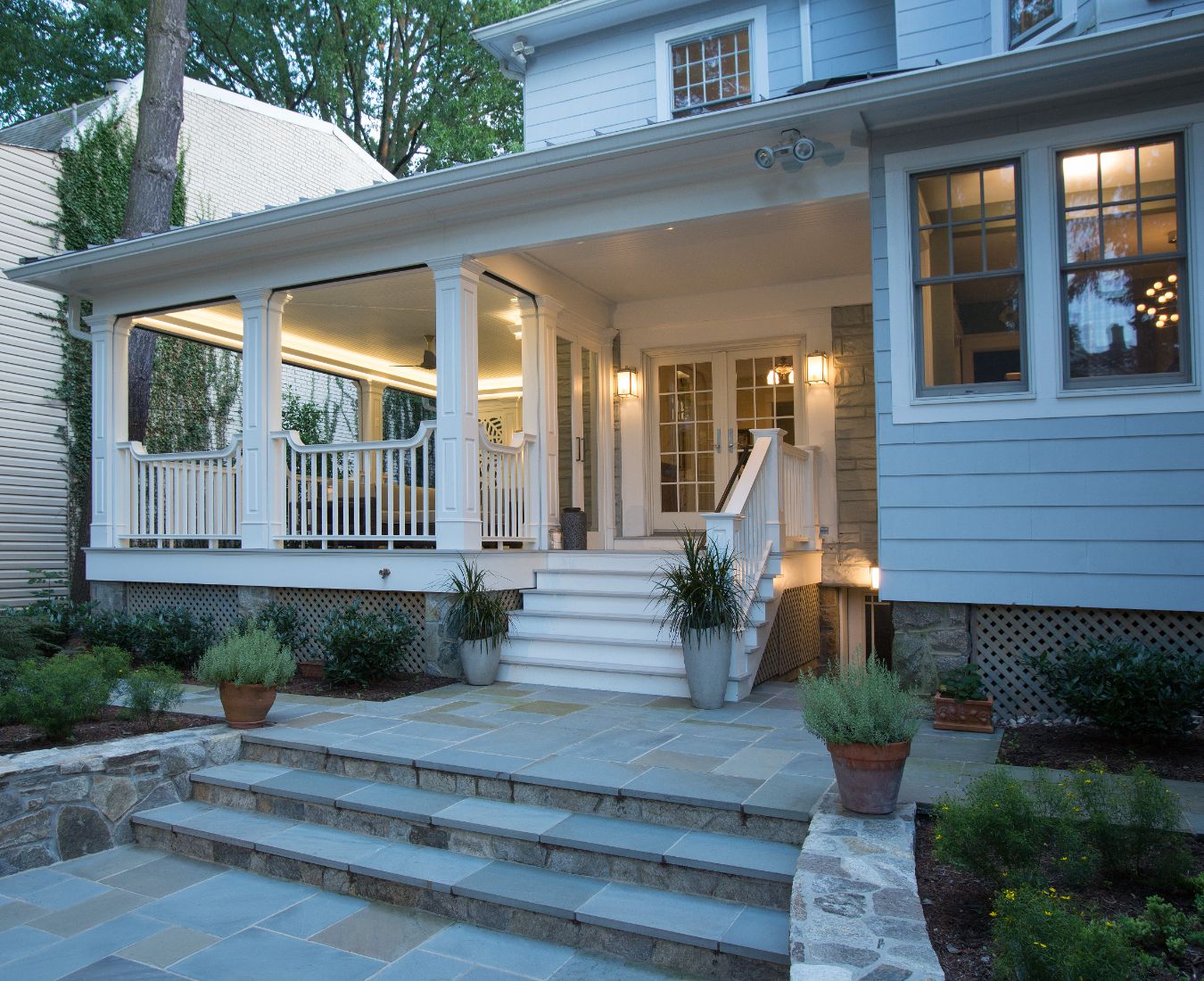Selecting the right entry door for your home can be a challenging task with various factors to consider. In this blog post, we will address commonly Googled questions about entry doors, providing insights to help you make an informed decision. While there’s no one-size-fits-all answer, understanding different materials, finishes, glass options, security features, and energy efficiency factors will empower you to choose the ideal entry door for your unique needs.
- Which Material is Best for an Entry Door?
- a. Wood: Aesthetically pleasing and customizable, wood doors offer a beautiful but typically expensive option. Regular maintenance, such as re-staining or sealing every few years, is required. Pella also offers limited wood doors with smooth aluminum cladding for enhanced durability and factory finishes.
- b. Fiberglass: Available in grained or smooth finishes, almost indistinguishable from wood, fiberglass doors offer dent resistance, durability, and rot resistance. They require minimal maintenance and won’t rust or corrode.
- c. Steel: The most cost-effective option, steel doors feature a smooth surface that provides even color when painted. They are easy to maintain and offer good security.
- What Finish is Best for Exterior Doors?
- a. Factory Finish: Therma-Tru fiberglass doors can be factory finished with a base coat, stain or painted finish, and two layers of topcoat for long-lasting durability. Pella also offers prefinished options in collaboration with Sherwin Williams, providing on-trend colors for their fiberglass and steel entry doors.
Reeb Factory finishing on a fiberglass door:

- b. Custom Stain & Paint: If you desire a specific look not available in factory finishes, you can choose to custom stain or paint your door. Wood doors are best suited for staining, while fiberglass and steel doors look best painted. However, custom finishes applied in the field may be more expensive and require periodic refinishing.
3. What Type of Glass is Best for Exterior Doors?
- a. Flush Glazed: A flush glazed glass panel recesses into the door, providing cleaner lines and a more elegant appearance. This option is recommended for those seeking a stately look for their entry door.
- b. Insert Glazing: Insert glass panels will have an Ogee molding framing them, with plugged screws that allow the panel to be removed. This option allows for easy glass replacement and offers the possibility of incorporating blinds.

- c. Grids: When it comes to glass doors, you can choose between different grid styles. For historic homes, simulated or true divided lite is appropriate. Simulated lite features grills on top of the glass, while true divided lite has individual panes within each grid and is only available in custom milled wood doors. In non-historic settings, grids between the glass create the look of divided lite while being easier cleaning.
4. What Door is the Most Secure?
While the material of the door is a factor, the choice of lock plays a more significant role in security. A multi-point locking system is recommended, automatically securing the top and bottom of the door when you lock the deadbolt. Glass inserts are typically tempered for safety, shattering into small pieces on impact. To enhance security, consider upgrading to impact glass, which is hurricane-rated and highly resistant to intruders.
5. What Door is the Most Energy Efficient?
The energy efficiency of an entry door depends on several factors. Both Therma-Tru and Pella’s fiberglass and steel doors feature CFC-free insulated cores, making them more efficient than wood doors. However, since most entry doors incorporate some glass, the insulation properties of the glass are crucial. Insulated glass significantly improves efficiency, and the difference between composite and wood doors becomes negligible, depending on the amount of glass. Proper weather stripping, which is standard on Pella and Therma-Tru doors, also ensures a tight fit and improves energy efficiency.








